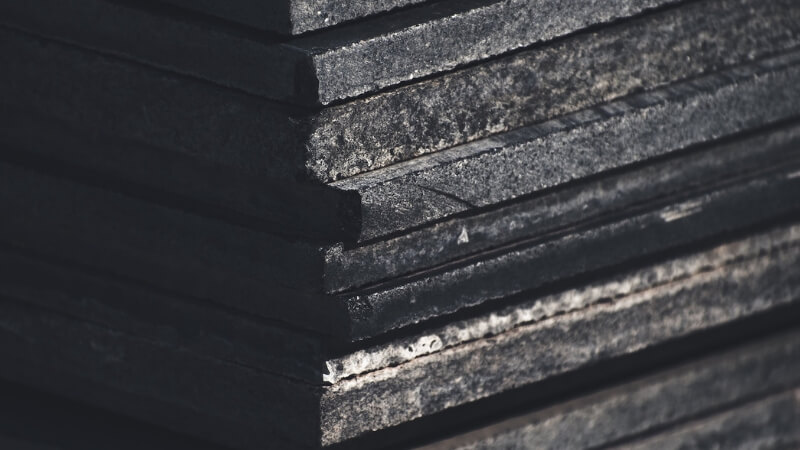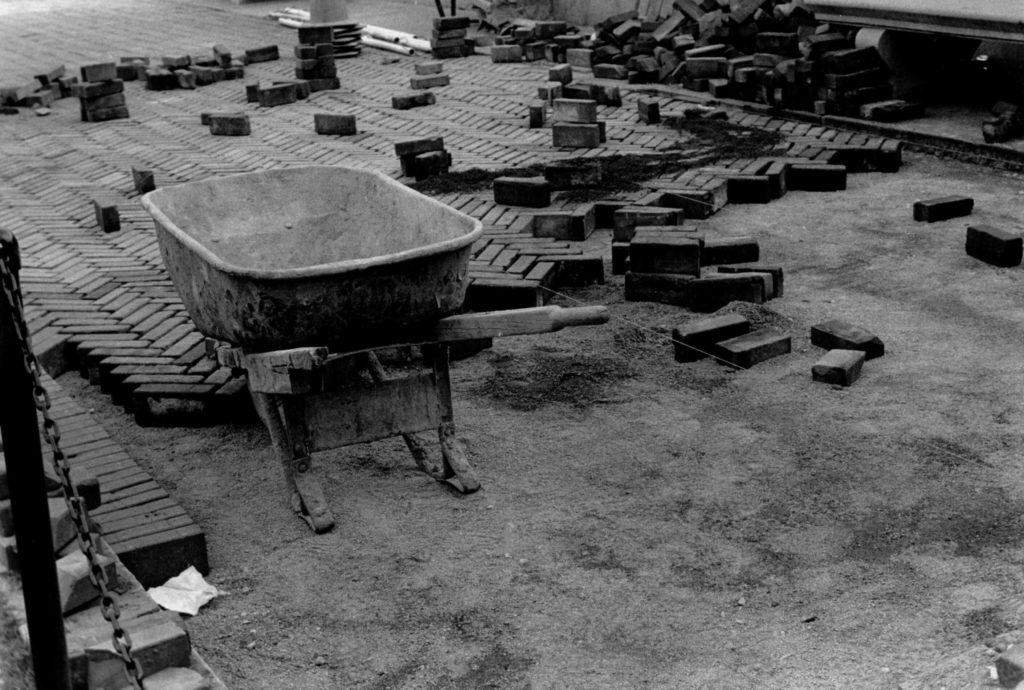Material cost is an important consideration for a lot of builders and home owners. We regularly get asked the question, “How much does a pallet of bricks weight?”, and our answer is that it depends on the brick.
Bricks have been a highly sought-after material in buildings for decades. They are easy to maintain and look great. Reclaimed bricks are some of the hottest bricks on the market right now because they carry a piece of history with them.
They add elegance to any property. But there are a lot of different kinds of bricks. The type of brick you choose will determine how much the pallets of brick you order weigh.
Here are a few pointers to help you know “How much does a pallet of bricks weigh?”.
Construction Bricks are Preferred by Builders
Standard pallets of bricks have about 500 bricks on them. One of the most popular types of bricks are bricks designed for construction. Builders love using bricks in construction because they are modular, they breathe well, are durable, and they’re relatively easy to repair.
They also last forever. If you take a stroll through any historic district, you’ll see that all the great looking buildings were made from brick. However, bricks can be heavy and material costs can be high.
Construction bricks often have holes in the center to reduce their weight. They are commonly referred to as cored brick. This lowers the overall material cost while still allowing builders to use bricks on the interior of buildings for great structural stability.
Face Bricks are Great for Exteriors
Face bricks are bricks used on edges and building exteriors that home or building owners will see every day. There is a wide variety of quality in face bricks, but for the most part they are well-made and solid.
Face bricks are generally more expensive than other building materials like vinyl, aluminum and other cheaper siding materials. The benefits of using bricks on building exteriors pays off though.
They add a great deal of curb appeal to any home and give off an air of quality and history that’s unmatched by other sidings. They also help maintain a structure’s temperate better, which in the long run could lower utility bills.
Face bricks can be purchased at your local home improvement store where they’re most likely to have factory mass-produced bricks. They can also be sourced from small boutique brick companies that farm bricks from historical demolitions, clean them, and sell them at a markup.
Face bricks weight more than cored brick because they are solid. So, now that we know that there are different weights and types of bricks, we need more information to know how much does a pallet of bricks weigh.
Pallet Size Standardization
A long time ago every manufacturer or distributor had different ideas about what constituted a pallet. It all depended on whatever they decided a pallet was. In the United States, the Grocery Manufacturers’ Association (GMA) has worked hard to get most pallets to conform to a standard size.
Still, as of a few years ago, GMA makes up about only thirty percent of the American pallet market. Different industries have moved towards standardization, so pallet size can be determined by what is pack on top of them.
Automotive companies, beverage makers, the military and other items all have different standards when it comes to pallet size.
Bricks generally adhere to pallet sizes of 40 by 48 inches. This equals 1,920 square inches of surface area. If a standard brick is about eight inches long and two and a quarter inches wide, then about 113 bricks need to be used to cover the surface of a pallet.
From there bricks can be stacked upwards depending on how much weight shipping trucks, trains or boats are designed to carry. As stated previously most brick pallets have about 500 bricks in them, so you’re looking at four to five layers of brick.
One thing to keep in mind is that pallets can be made of different material which can also affect their weight. They’re most commonly made from wood but can also be made of light weight plastic that is a bit less expensive.
Plastic pallets are more durable Some are even made from metal. The type of pallet used is often dictated by the material it’s meant to bear.
Getting Down to the Numbers: How Much Does a Pallet of Bricks Weigh?
Your basic standard brick weights about 4.3 pounds. As previously stated, if 113 standard bricks make up a single layer on a pallet, that layer would weigh 486 lbs.
So, you can see how weight can add up fast when you start stacking. If a basic pallet of bricks with five layers stacked would weigh approximately 2,430 lbs.
That’s about a ton and quarter of bricks. When you think about how many bricks it takes to build a retail store, or a nice home, the number of pallets needed can add up quick.
Builders and home owners who choose to work with brick know they are dealing with some serious weight.
If you find yourself planning a renovation or a new construction project and find yourself asking, “How much does a pallet of bricks weight?”, you should plan for just over a ton per pallet of bricks.
The question then becomes, is all that weight and cost of brick worth it? Home builders and owners have been answering with a resounding “Yes!” for as long as homes have been built.
The beauty of brick homes and commercial buildings will continue to be a huge driver of brick demand in the United States for decades to come. On top of the elegance and curb appeal of bricks, you get the added durability, lower utility costs and they’re easy to repair.
Nothing beats a great brick. They’ll give your house or store an enduring unique finish that you’ll be able to enjoy for a very long time.



